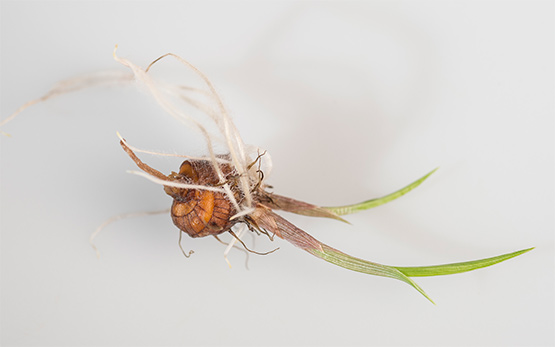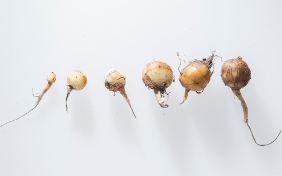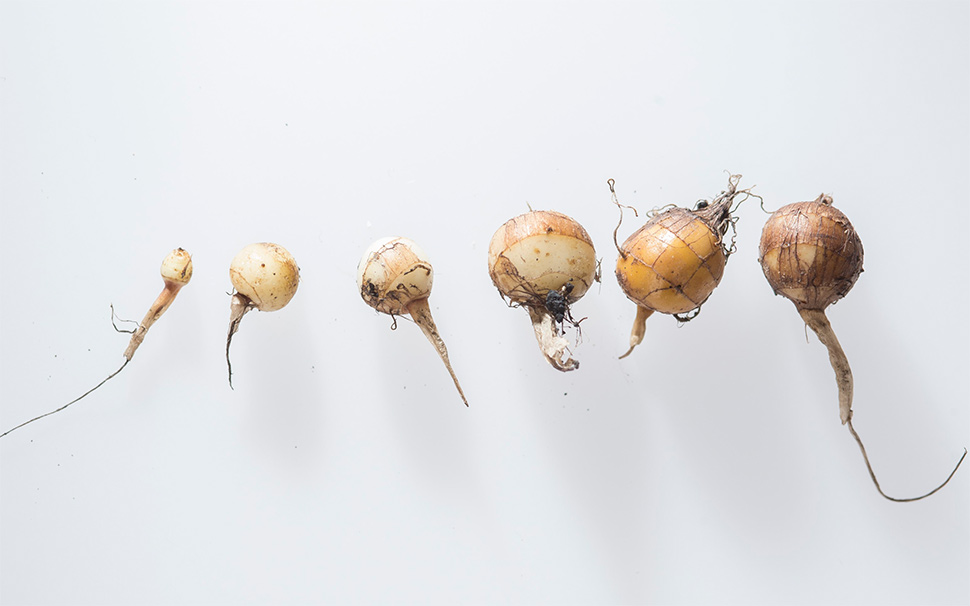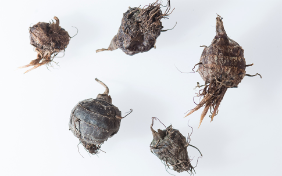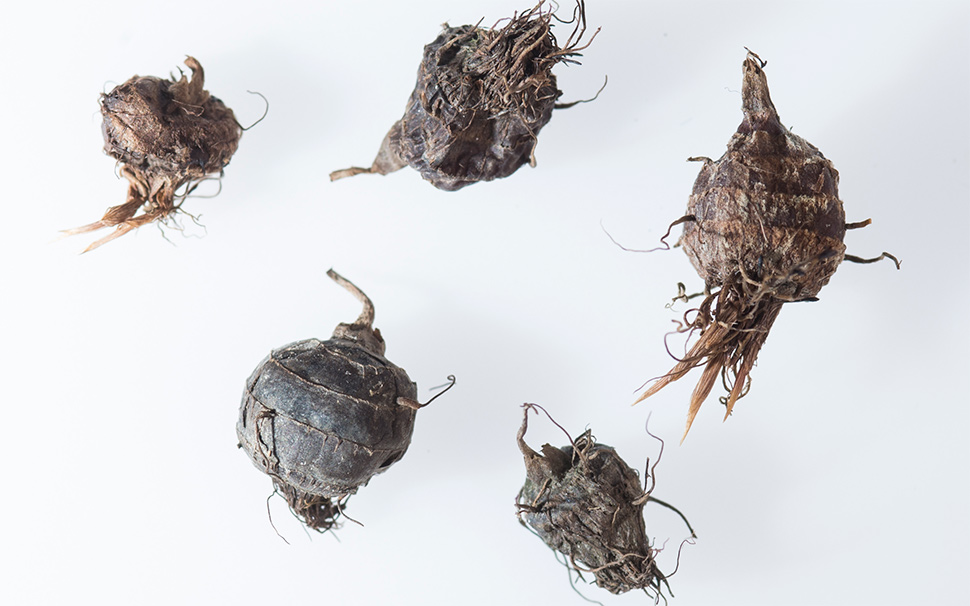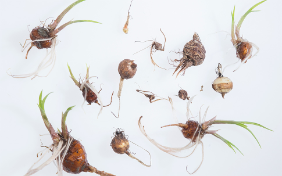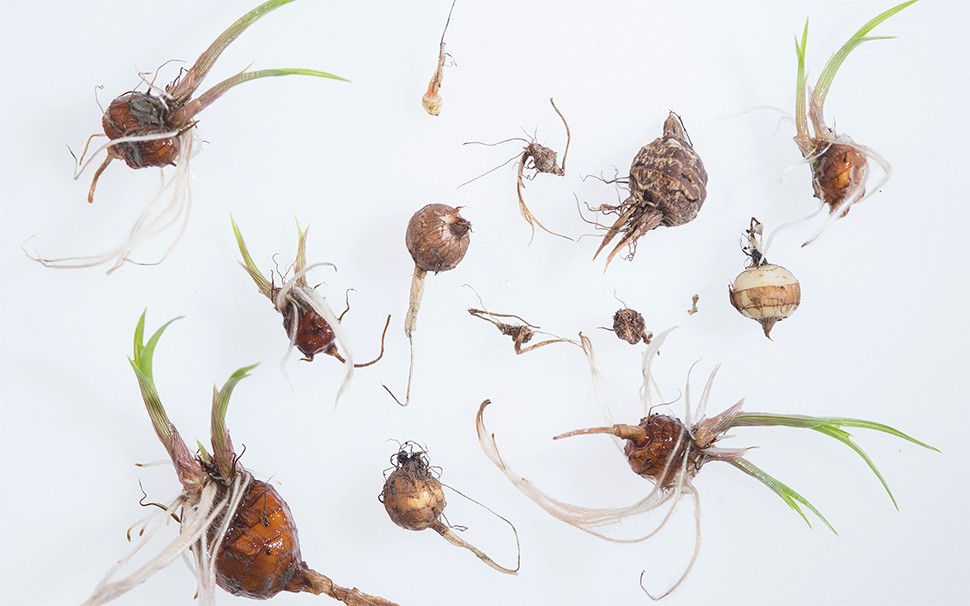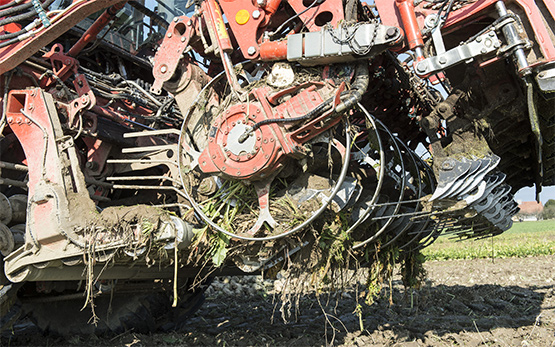Yellow nutsedge multiplies almost exclusively via its underground tubers. A tuber sends out a first shoot, followed by numerous secondary shoots. The plant in question is then capable of forming several hundred new tubers per annum. A single tuber can thus give rise to several thousand new plants in a short space of time (2–3 years), and thus suffices to infest an entire plot.
The amount of seed likely to germinate varies from year to year. The seed resembles grass seed (< 1 mm), and disperses easily. This propagation method favours the adaptation of the species to new conditions. As a precautionary measure, a combined control approach prevents nutsedge from flowering. Nevertheless, the main form of propagation remains the passive dispersal of the tubers.


